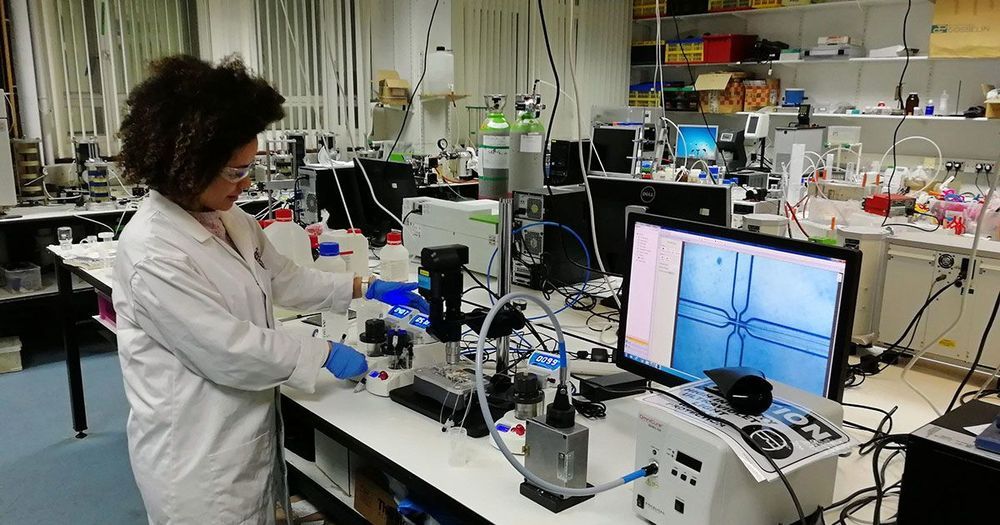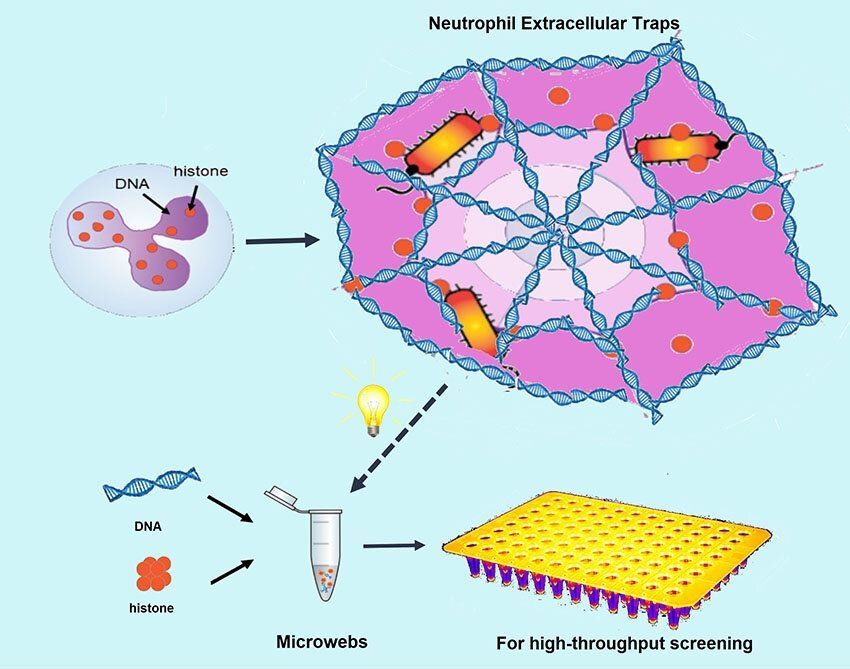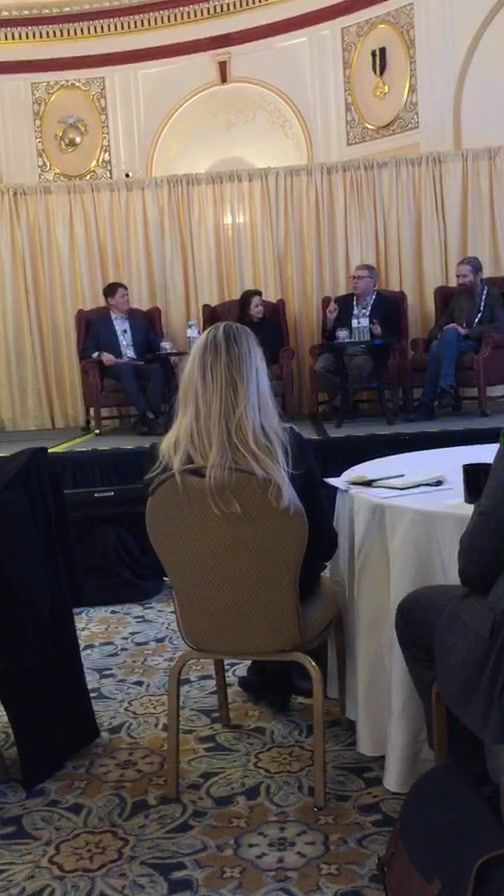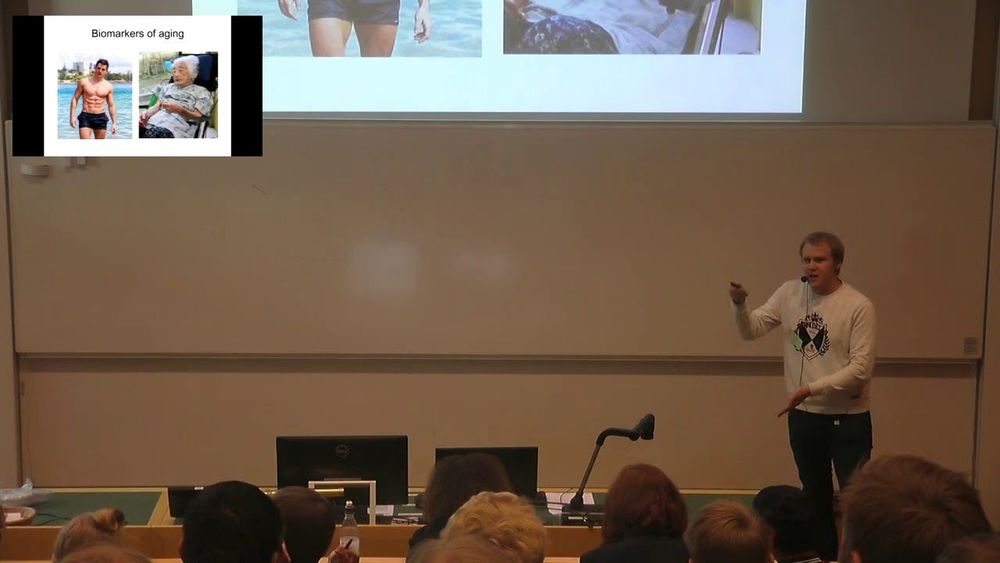Jan 31, 2019
Dark Energy Gets Weirder: Mysterious Force May Vary Over Time
Posted by Quinn Sena in categories: cosmology, quantum physics
Dark energy is apparently even more mysterious than astronomers had thought.
Scientists first proposed the existence of this invisible force two decades ago, to explain the surprising discovery that the universe’s expansion is accelerating. (Surprising and incredibly important; the find netted three researchers the Nobel Prize in physics in 2011.)
The most-used astrophysical model of the universe’s structure and evolution regards dark energy as a constant. Indeed, many astronomers believe it to be the cosmological constant, which Einstein posited in 1917 as part of his theory of general relativity. [The History & Structure of the Universe in Pictures].


















